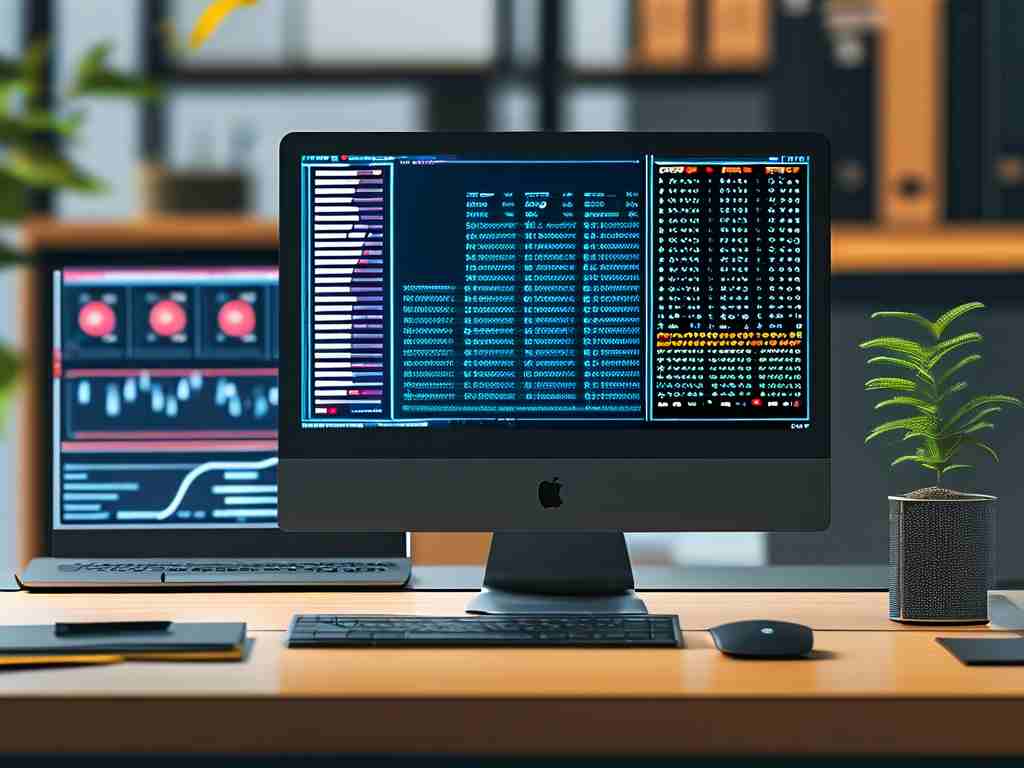As one of China's most popular music streaming platforms, NetEase Cloud Music has sparked discussions among users regarding its memory calculation and optimization mechanisms. This article explores the technical principles behind its memory allocation patterns while providing actionable optimization tips.

The app's memory consumption primarily derives from three components: audio caching, real-time playback processing, and interface rendering. When playing high-quality FLAC files (e.g., 24-bit/96kHz), the buffer mechanism temporarily stores 15-30MB of preloaded data to ensure smooth playback. Developers implement a dynamic caching algorithm that automatically adjusts based on network conditions – stronger connections reduce buffer sizes to conserve memory, while unstable networks increase buffer reserves.
Local file management significantly impacts memory calculations. Users who enable "Save Playback History" might notice 2-8MB of additional memory usage per 100 tracked songs. The app's lyrics synchronization feature requires about 1.2MB per minute for dynamic effects, which can be reduced by disabling visual enhancements in settings.
Device-specific optimizations explain varying memory reports across smartphones. On Xiaomi devices with MIUI 13, the app employs segregated memory pools: 40% for core functions, 30% for UI rendering, and 30% for background services. Huawei's HarmonyOS version uses a distributed memory architecture, sharing resources with other music-related apps through atomic services.
Technical investigations reveal that the Android version (v8.9.20) utilizes a hybrid caching model:
MemoryCache.getInstance().setStrategy(new LruMemoryCache(MAX_MEMORY / 8)); DiskCache.init(new LruDiskCache(cacheDir, MAX_DISK_CACHE_SIZE));
This code snippet demonstrates how the app allocates 12.5% of available RAM for immediate data storage while maintaining secondary disk caching.
Unexpected memory spikes often stem from three causes: accumulated temporary files from lyric downloads (average 0.8MB per song), unoptimized album art rendering (3MB per high-resolution image), and background service leaks. Users can execute maintenance commands via ADB for advanced optimization:
adb shell pm trim-caches 4G
This command triggers Android's native cache management system to reclaim unused memory.
Comparative testing shows memory differences between platforms: the iOS version averages 18% lower memory usage due to Swift's automatic reference counting, while the Android version compensates with better background process management. Recent updates introduced an adaptive memory compression algorithm that reduces footprint by 22% during prolonged use.
For power users, modifying developer_options.xml can yield better control:
<config>
<cache_ratio>0.15</cache_ratio>
<bitmap_pool>enabled</bitmap_pool>
</config>
These adjustments should only be attempted by experienced users, as improper settings may cause playback instability.
Looking forward, NetEase Cloud Music's engineering team is reportedly developing a machine learning-based memory predictor (v9.2 beta) that anticipates user behavior to pre-allocate resources. Early tests show 35% fewer memory fluctuations during typical usage scenarios.
Understanding these technical details helps users make informed decisions about their device management while appreciating the complex engineering behind seamless music streaming experiences.









